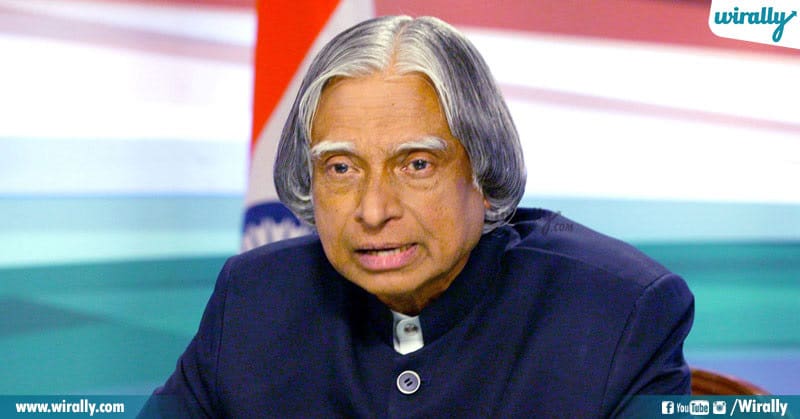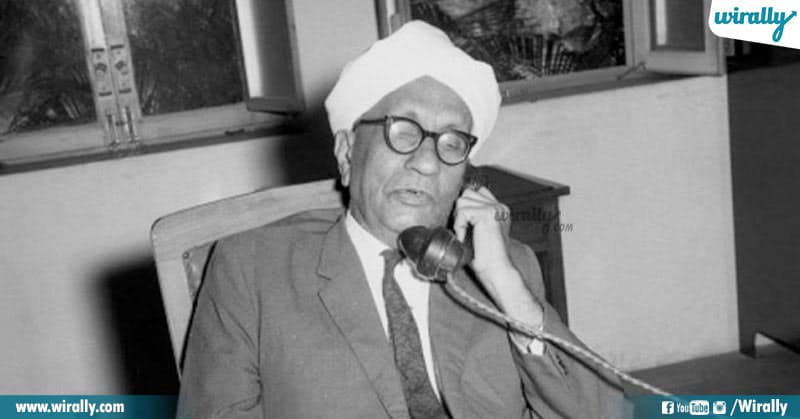Science plays an important part in our lives, the inventions of yesterday have certainly made our lives better today, in the present time we cannot even fathom to imagine living without technology or gadgets. Can you imagine how your life would be if these things weren’t invented?
From C. V. Raman to A. P. J. Abdul Kalam, India has seen its fair share of scientists who have contributed to different fields and areas like physics, medicine, mathematics, chemistry, and biology. And many of these scientists are renowned all over the world for their contribution to society. In this article, we will be taking a look at the top scientists of India.
Here are 7 Top Scientists In India
A. P. J. Abdul Kalam

He spent most of his career as a scientist and science administrator, mainly at the Defence Research and Development Organisation (DRDO) and Indian Space Research Organisation (ISRO) and was also involved in India’s civilian space program and military missile development efforts.
His work and contributions landed him the name ‘Missile Man of India’ He also played a pivotal role in India’s Pokhran-II nuclear tests in 1998, which was the first nuclear test by India in 1974. He was a recipient of several prestigious awards, including the Bharat Ratna, which is India’s highest civilian honour.
CV Raman

He is well known for the Raman effect, which says that when light passes through a transparent material, some of the deflected light changes in wavelength and amplitude. He was honoured with the Bharat Ratna in the year 1954 for his contributions. He was also named the director of the Raman Research Institute and in 1961 became a member of the Pontifical Academy of Science.
He played a major role in the construction of nearly every Indian research institution in his time, and also founded the Indian Journal of Physics and the Indian Academy of Sciences. He even trained hundreds of students who found important posts in universities and government in India.
Visvesvaraya
He is well known for the invention of ‘automatic sluice gates’ and ‘block irrigation system’ which are still considered pioneers in the field of engineering. He also came up with an efficient way of filtering water through ‘Collector Wells’ for which he received praise.
Each year, his birthday 15 September is celebrated as Engineer’s Day in India, Sri Lanka, and Tanzania. He was the Chief Engineer for the construction of Krishna Raja Sagara dam in the North-West suburb of Mysuru city and Chief Engineer of the flood protection system for the city of Hyderabad.
Venkatraman Radhakrishnan
Venkatraman was born to Nobel prize winner Sir Chandrasekhara Venkata Raman and his wife Lokasundari Ammal. He did his schooling in Madras and graduated from the Mysore University before joining the Department of Physics at the prestigious Indian Institute of Science.
He is well known for his design and fabrication of ultralight aircraft and sailboats. His observations and contributions also helped in revealing various mysteries surrounding pulsars, interstellar clouds, galaxy structures, and various other celestial bodies.
S. Chandrashekar
These calculations contributed to the eventual understanding of supernovas, neutron stars, and black holes. He did important work on energy transfer by radiation in stellar atmospheres and convection on the solar surface. He also worked on developing the mathematical theory of black holes, describing his work in The Mathematical Theory of Black Holes (1983).
Srinivasa Ramanujan
He tried to convince the leading professional mathematicians in his work but failed in doing so, as no one was willing to accept his work as the concepts were too unknown. Ramanujan then partnered with the English mathematician G. H. Hardy at the University of Cambridge, England.
Hardy recognized Ramanujan’s work to be extraordinary, He then arranged for him to travel to Cambridge. In his notes, Ramanujan had produced groundbreaking new theorems, including some that Hardy said, had “defeated him and his colleagues completely”.
Salim Ali
He was an important key figure behind the Bombay Natural History Society after 1947 and used his influence to garner government support for the organization, and helped in creating the Bharatpur bird sanctuary (Keoladeo National Park) and prevent the destruction the Silent Valley National Park.
Along with Sidney Dillon Ripley, he wrote the landmark ten-volume Handbook of the Birds of India and Pakistan, a He was awarded the Padma Bhushan in 1958 and the Padma Vibhushan in 1976 for his works, India’s third and second highest civilian honours respectively. Several species of birds, a couple of bird sanctuaries and institutions have been named after him.
Also Read: Top Scams In India
